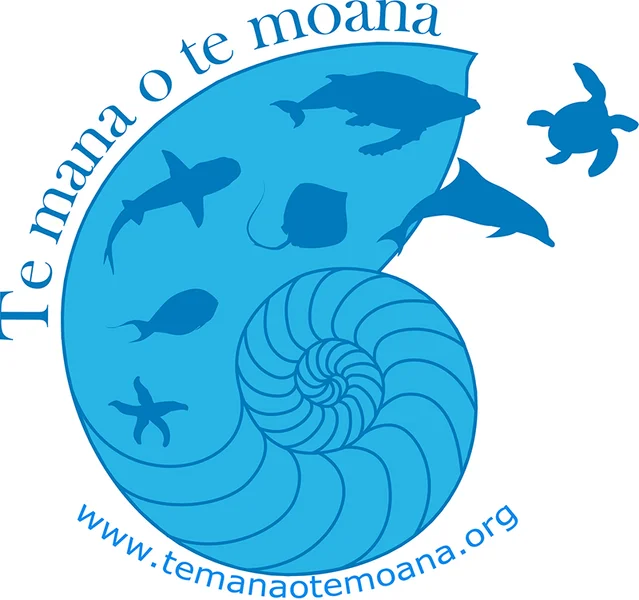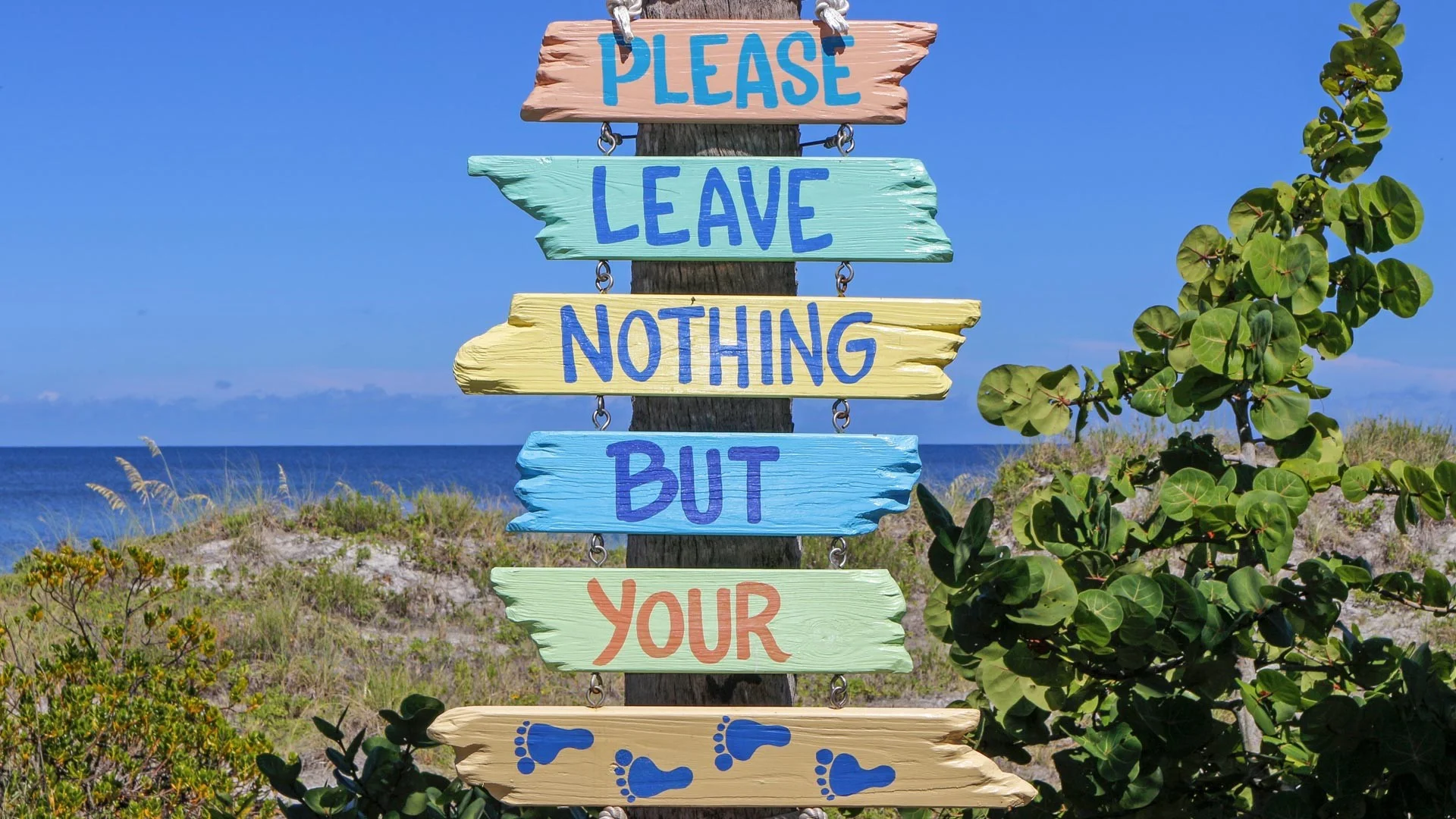Turtle Rehabilitation Centre - Moorea
If your trip to French Polynesia includes time in Moorea then a visit to “Te Manu o Te Moana ” Turtle Rehabilitation Centre is a must. The name means Spirit Of the Ocean and it is located at the Intercontinental Hotel just past the end of the lake.
The centre opened in 2004 and takes in sick and injured turtles from around the island. Despite being located next to a major hotel it is not a zoo, instead it’s objective is to heal, rehabilitate and then release the turtles back into the ocean as quickly as possible.
There are two main types of turtle at the centre when we visit : The Green Turtle (so called because of the colour of its fat which was a delicacy reserved for the important people of the village on feast days) and also the Hawksbill Turtle (hunted for its beautiful shell ). These inhabit the inner reef zone. The centre has also cared for Olive Ridley Sea Turtles and Loggerhead turtles.
Since the centre opened they have released two hundred and thirty seven turtles back into the ocean and plan to release a further three more this week.
Many of the workers are volunteers who give up their time to nurse and nurture their turtle patients. Their reward is simply knowing that they are helping to preserve these magnificent creatures for future generations.
What happens when a sick or injured turtle is found ?
The turtles arrive at the centre from many different places, fishermen, visitors or locals will contact the team if they discover a sick or injured turtle.
Volunteers collect the turtles and transport them to the centre for assessment and treatment. Every new arrival at the centre is checked by a vet and it’s shell is cleaned to remove any algae which could infect the other turtles. The scales on each turtle’s face are unique to that particular individual like our fingerprints. These details are recorded and the turtle is then moved into a holding pen. Depending on the severity of it’s illness or injury a plan will be created to return the turtle back to it’s native habitat.
A healthy turtle can swim fast for thirty five km which allows them to outrace most predators. This is a very useful skill as they are not sexually mature until they are twenty years old so without the speed they could potentially be caught before they have even had a chance to breed. Turtles arrive at the centre with various injuries most of which are not caused by predators but by humans such as injuries caused by motor boats propellers, careless fisherman or plastic pollution.
The first turtle arrived at the centre in October 2004 and still lives here. She is called Tortilla and the reason that she remains here is that she has a flotation problem which cannot be cured by medication or surgery. She is unable to dive under water to escape from predators and can therefore never be released back into the ocean. Another inhabitant is blind as she was speared through the eye by fishermen who thought she was a shark. Again this means that she will be vulnerable if released so she will cared for by the centre team for the rest of her life.
Thankfully most a half of the turtles which come here stay only temporarily whilst they recover from their illness or injury. There is a plentiful supply of food at the centre but it is important that they do not become reliant on this. For this reason they are released as soon as they have recovered and taken far away from the centre to ensure that they must adjust back to life in the open ocean where they belong.
How does the centre play such an important part in the future of Polynesian turtles
Apart from the rescue and rehabilitation of turtles , the centre has three other purposes :
Education - the staff teach local people, children and hotel guests the importance of turtle preservation and factors affecting the population decline including plastic pollution and climate change.
Research - the centre works with other organisations to study what is happening to the local Polynesian flora and fauna and the island ecosystems to identify what affects any changes have on the turtle population
Conservation - the centre implements programmes for the protection and monitoring of marine species.
The amazing staff
Interacting with the staff at the centre it is plain to see their commitment to save these beautiful majestic creatures and ensure a safe future for the turtles in this area for many years to come.
I have been fortunate enough to swim with turtles in many places around the world. Their graceful movement through the water is a fabulous sight to behold and I feel such gratitude that there are such amazing people as these who give up their time to protect such a magnificent creature.
You can read more about the work of the centre and it’s partners or you can support their great work by making a donation or a purchase at their shop.
https://www.temanaotemoana.org/conservation/the-sea-turtles-clinic/
A truly wonderful project.






